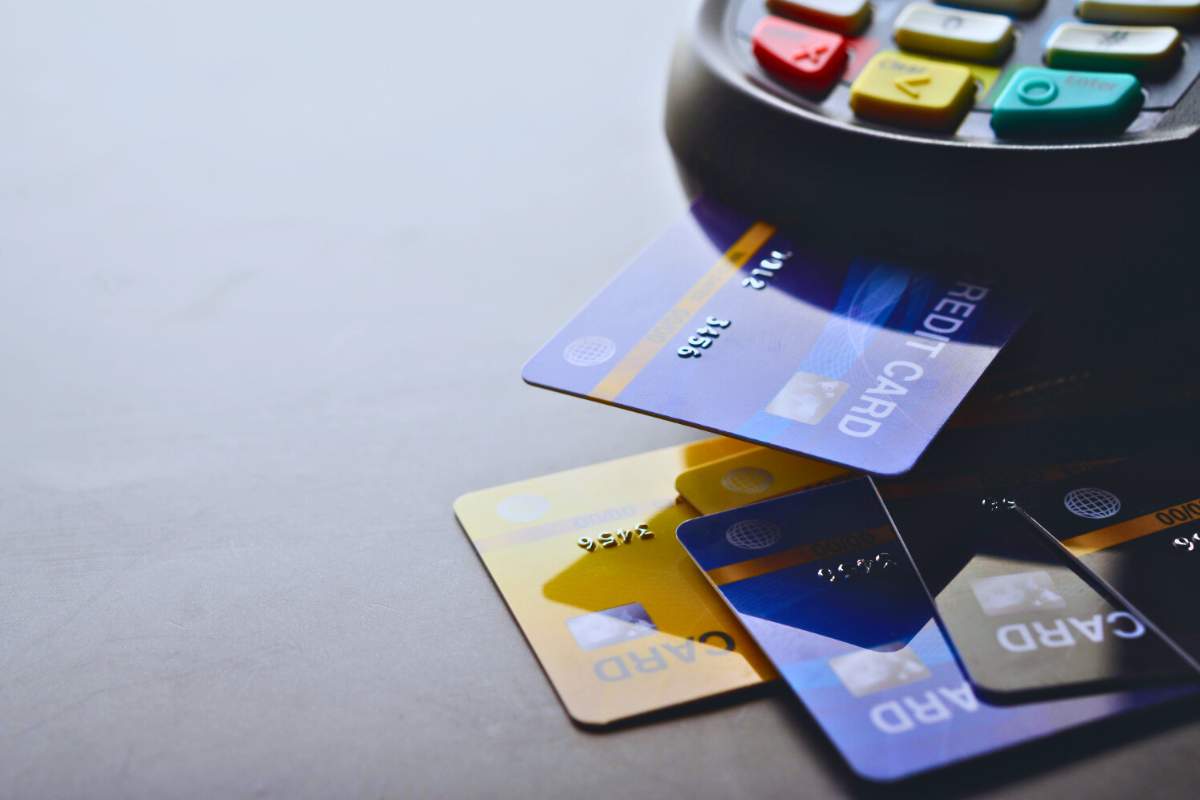Close to one-third of all digital payment transactions conducted domestically in 2024 were credit-based, enabled through credit cards or interest-charging EMIs (equated monthly installments), per a report that studied transaction volume from more than 20,000 merchants.
Digital payments
These results are in the wake of increasing regulatory actions to contain rising consumer credit and household debt, which is increasingly driving consumption instead of asset formation.
UPI has emerged as a revolutionizing product in digital payments accounting for 65 percent of total transactions. Although UPI leads transactions in small and mid-value space, credit cards and EMIs are gaining acceptance for high-end purchases, as education, health, and auto ancillary categories witness robust digital credit growth, the report stated. Festive season shopping, school admissions, and seasonal patterns induce spikes in the usage of credit that reflect consumers opting for short-duration credit for long-spend situations, as seen by digital payment fintech Phi Commerce., “India’s digital payments revolution is transforming financial possibilities, enabling consumers to spend smarter, plan better, and dream bigger. With UPI and flexible credit becoming mainstream, the future rests with those who use these instruments responsibly to facilitate inclusive growth and financial resilience,” stated Rajesh Londhe, Co-founder and Head of Payments, at Phi Commerce.
Convenience, and immediate settlements
At the center of this payment behavioral change is convenience, and immediate settlement, which has emerged as the go-to payment mode for day-to-day transactions, the report says. Its popularity indicates consumers’ desire for speed, convenience, and immediate settlements, making it the first choice for retail, food services, and government transactions. Yet, above and beyond everyday spending, a significant increase in credit-based digital payments, through credit cards and indicates an increasing desire to push back on paying and strategize cash flow,” the report stated.
Today’s consumers are willing to fund their expenses instead of paying in lump sums. This is best seen in the education (10 percent), healthcare (15 percent), and auto ancillary (15 percent) spaces, where the cost of big-ticket purchases is being made through EMIs and predefined credit plans. The use of EMI schemes for school fees, hospital bills, and big online buys is a change in consumer behavior, from pure affordability to palatable, staged spending, it said.






















